The Breathtaking Landscapes of Ban Gioc Border Area
Ban Gioc Waterfall
The golden color of the ripe rice fields and the clear blue color of the Quay Son river blend with the white waterfall of Ban Gioc creating an exotic picturesque landscape that cannot be found anywhere else. On sunny days, if people visit the waterfall early in the morning, they will get to see the rainbow right above the waterfall.
 |
| Photo: Travel.vn |
The harmonious combination of morning dew and dawn light embellished by vegetation and green moss at the base of this waterfall has inspired countless artists, photographers, and travelers.
Considered the fourth largest and most beautiful waterfall in the world among waterfalls located on national borders, Ban Gioc waterfall is the center of Cao Bang UNESCO Global Geopark.
The waterfall flows down into the Quay Son river. This river has a charming turquoise color. Visitors can take a boat upstream of the Quai Son River to the foot of the main waterfall to enjoy its majesty while listening to the sound of the waterfall rushing incessantly. When they look up, they will be able to feel the drop of water.
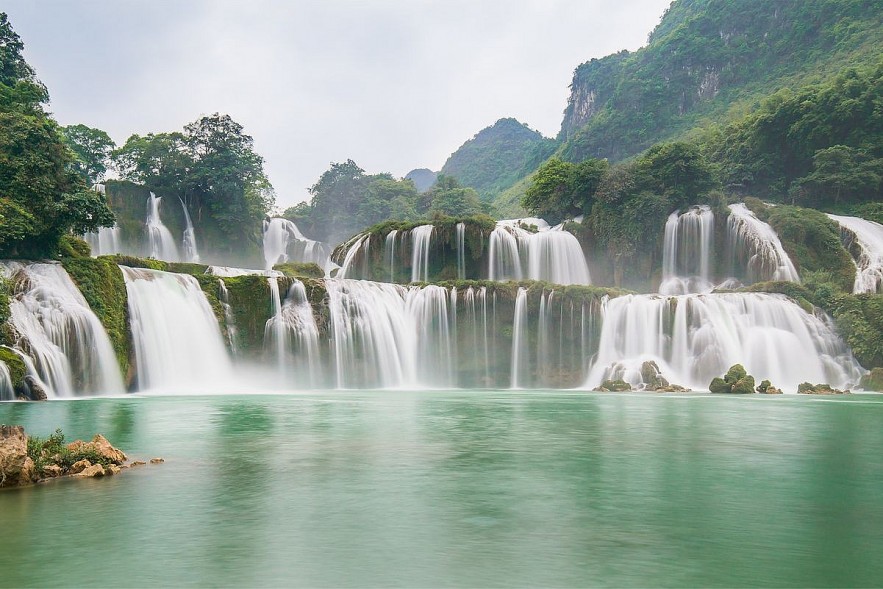 |
| Photo: Travel.vn |
Nguom Ngao Cave
Only about 4km from Ban Gioc waterfall, Nguom Ngao cave is a must-see tourist attraction in Trung Khanh district. Located in the heart of a mountain, this cave was formed about 300 million years ago. In the cave, there are many stalactites with many unique shapes such as a lotus, linga, a maiden, and even a magnificent palace. It takes at least 1 and a half hours to explore the mysterious cave because it has a total length of up to 2.144m. In 2021, Cao Bang province celebrated the 100th anniversary of the discovery of the Nguom Ngao cave.
In the complex of Ban Gioc waterfall tourist area, there is also Khuoi Ky ancient stone village, which in the Tay language means “small stream.” It is located right on the way to Nguom Ngao cave. According to historical data, the village dates back to the Mac Dynasty (1594-1677) when the Mac army went to this border area to set up a defensive fortress. The special thing here is that the houses are made entirely of stone according to the typical stilt house architecture of the indigenous Tay people.
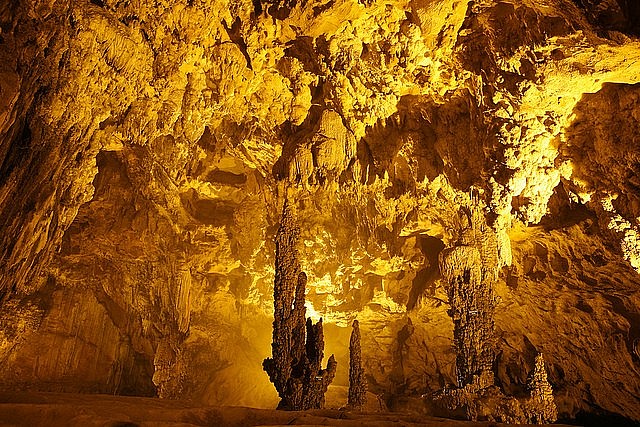 |
| Photo: tourdulich.com |
Ba Be Lake
Aside from destinations such as Ban Gioc and Nguom Ngao waterfalls, tourists often go to Ba Be Lake. This is a place not too far from Ban Gioc waterfall, convenient and suitable for traveling. Usually, tour groups will depart early in the morning. Around noon, the group will arrive at the lake. They can visit Ba Be lake by boat. Another experience that many tourists love is enjoying grilled fish at this lake in the cold weather. In the evening, they can sit around the campfire at homestays near the lake.
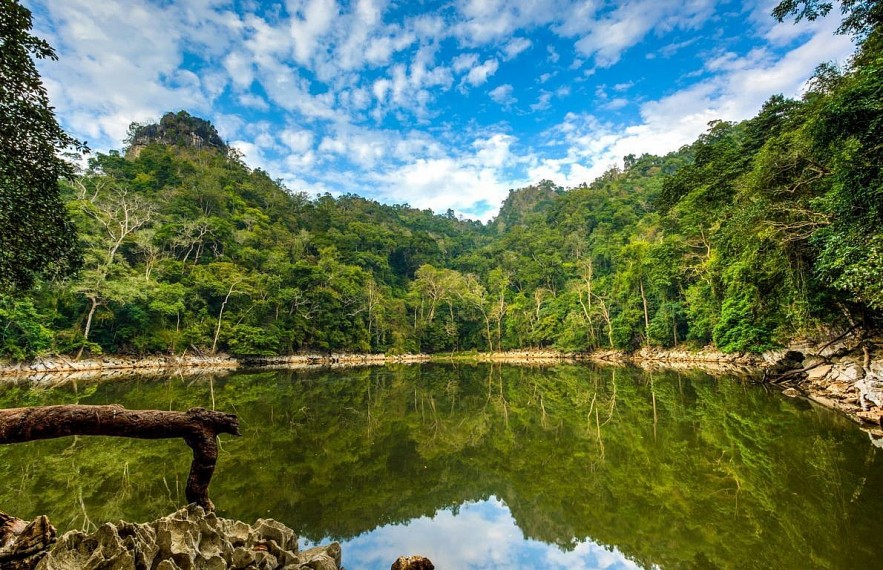 |
| Photo: Thanhlamtourspot |
Khuoi Ky Stone Village
Spreading over an area of about 10,000m2, Khuoi Ky Stone Village currently has about 14-15 stone houses. Of which, the yin-yang tiled houses are ancient ones, while the rest are renovated to serve tourists as homestays.
“The stone house on stilts is warm in the winter, cool in the summer. There was an earthquake a few years ago, but fortunately, the walls of the house are still intact and not cracked,” said Nong Tho, owner of Quang Thuan homestay in stone village. If the stone village is invested in and planned more methodically, it will become an interesting tourist attraction in Chongqing.
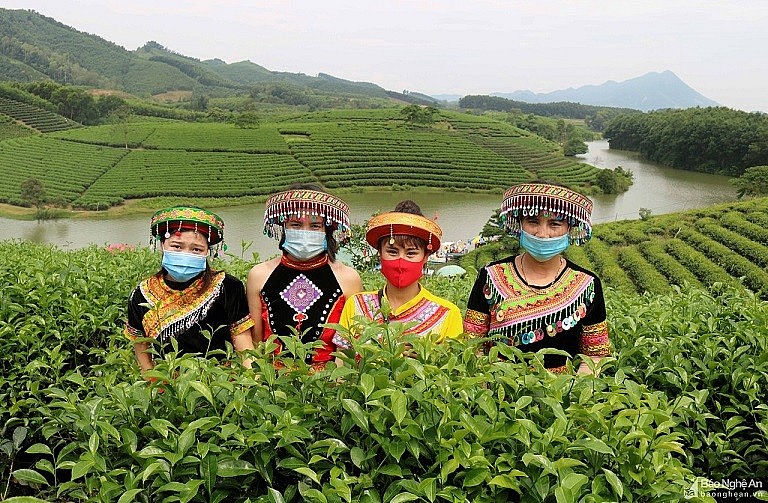 |
| Photo: Traveloka |
Truc Lam Buddhist Monastery
Near Ban Gioc waterfall, there is a special tourist attraction that was just inaugurated at the end of 2014, it is Truc Lam Ban Gioc Buddhist Monastery. This monastery is special because it is not only a spiritual place but also has the meaning of protecting the country. Behind this pagoda is Phia Nham mountain, facing away from Ban Gioc waterfall. When visitors come here, they can hear the sound of bells which sound like the sacred soul of mountains and rivers.
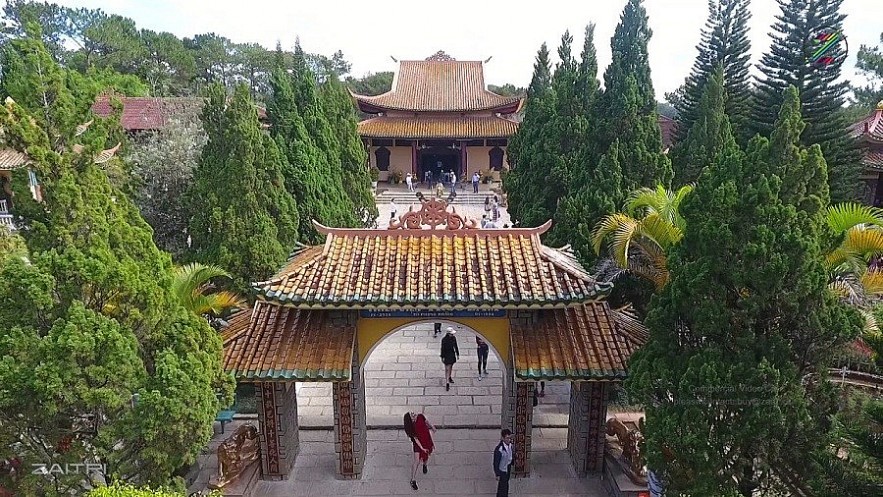 |
| Photo: zaitri.net |
Cao Bang is a mountainous province in the Northeast region. Here, visitors can immerse themselves in nature, experience the magnificent beauty of nature, and experience the cultural life, customs, and habits of the indigenous people. If tourists stay at the Saigon – Ban Gioc resort, they will be able to sleep right on the Vietnam – China border.
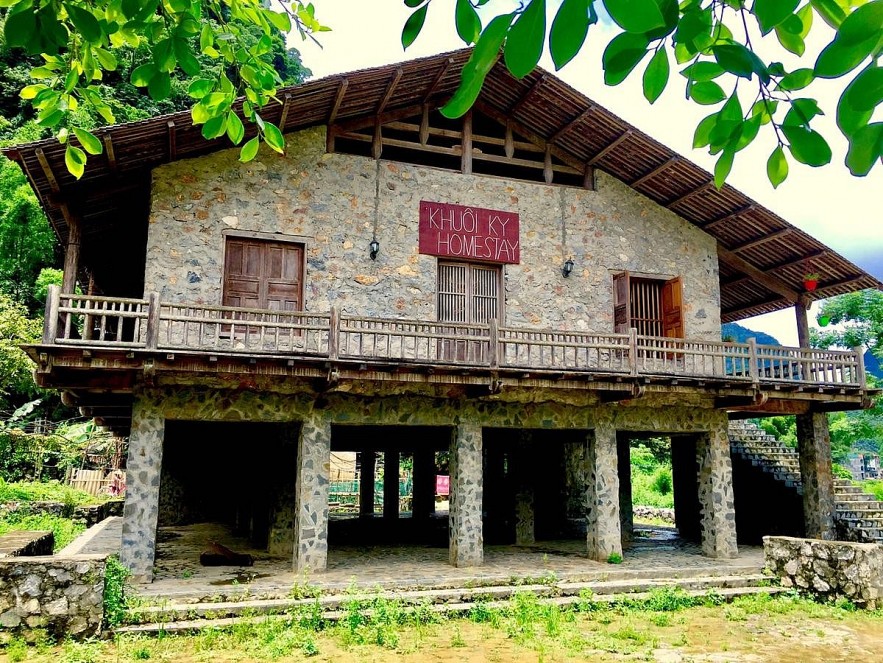 |
| Photo: bantinhomestay |
Local Cuisine
There are many delicious dishes around the area, among which the Seven Flavors Duck is a specialty. This dish is not like the usual boiled or roasted duck. It needs to be prepared very carefully and meticulously. This duck dish is cooked according to a secret recipe of the Tay people. The cook must spread a thin layer of honey and oil on the surface of the duck to create a beautiful golden color.
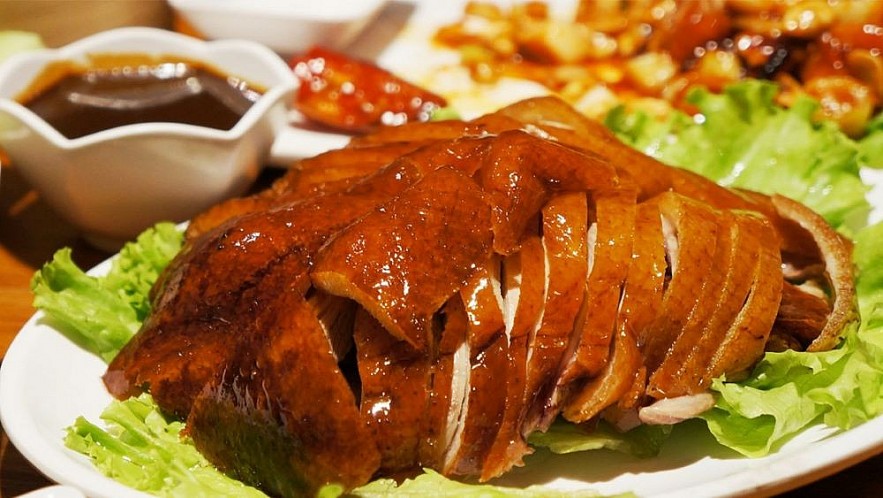 |
| Photo: Trivietphat.net |
The post The Breathtaking Landscapes of Ban Gioc Border Area appeared first on Vietexplorer.com.
View more from VietExplorer:
Hanoi promotes Ca tru performancesTri Le – a village that makes traditional palm leaf hats
Soul prayer ritual of the Thai
Dao Xa village preserves traditional musical instruments
Kpan – the powerful bench of the Ede
Rock stilt houses of Tay ethnic people in Cao Bang province
Poonah paper of the Cao Lan in Bac Giang
Tam Duong market embraces local mountain culture
The fire culture of ethnic people
The Kho Mu group
Hue festival revives traditional craft
Folk music of the Pa Ko
Cao Phong district preserves Muong Thang culture
New Rice celebration of the Gie Trieng
Cooking like a Hanoian
Doi Tam village and the art of drum making
Viet Village Heritage Club for history buffs
Cuisine of the Nung
Dramatic images of fishing nets captured from above in Phu Yen
Hanoi spruced up for August Revolution and National Day
Comments
Post a Comment